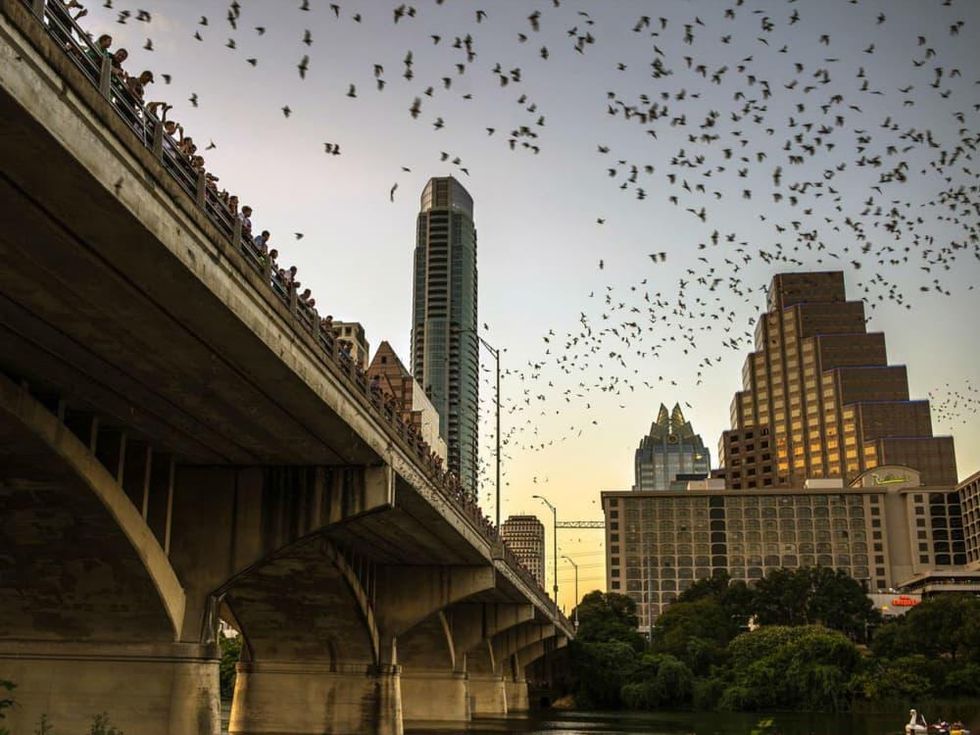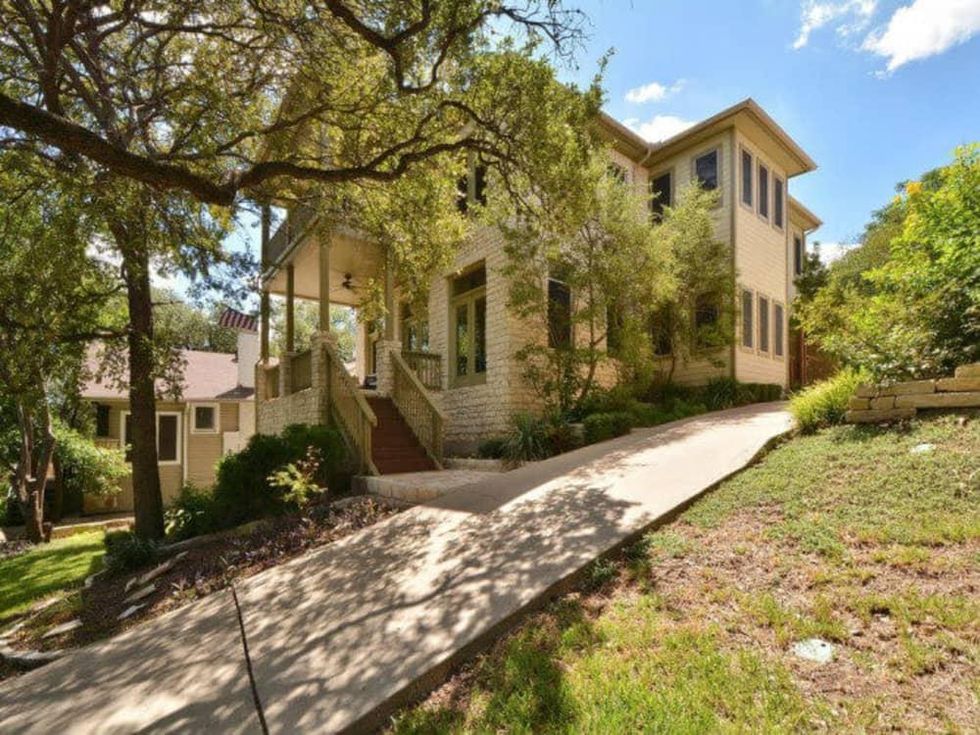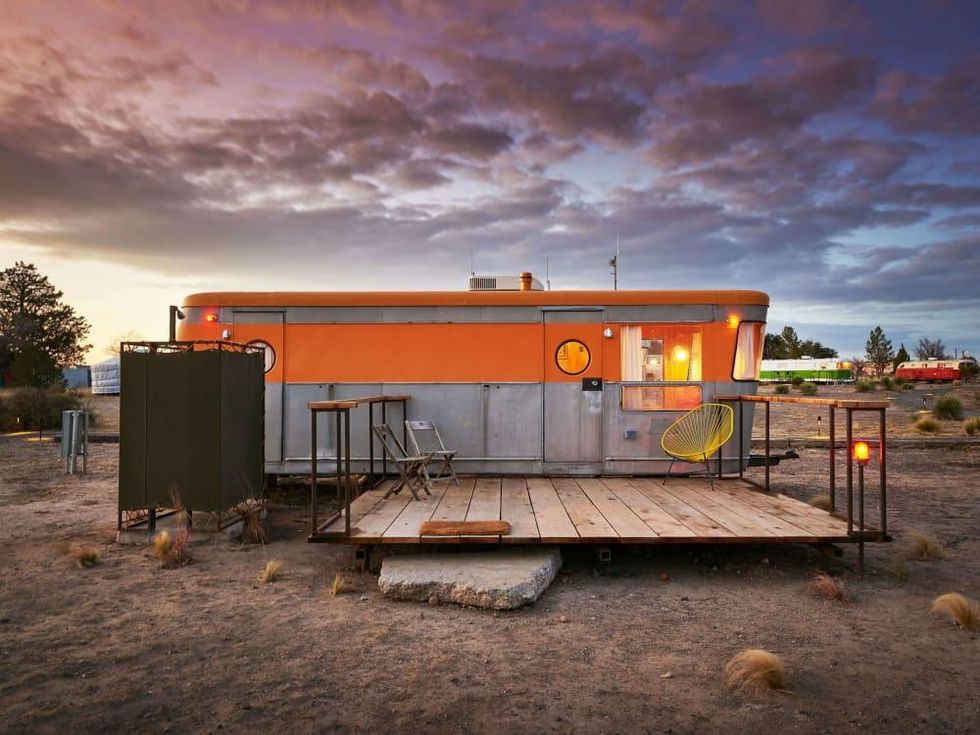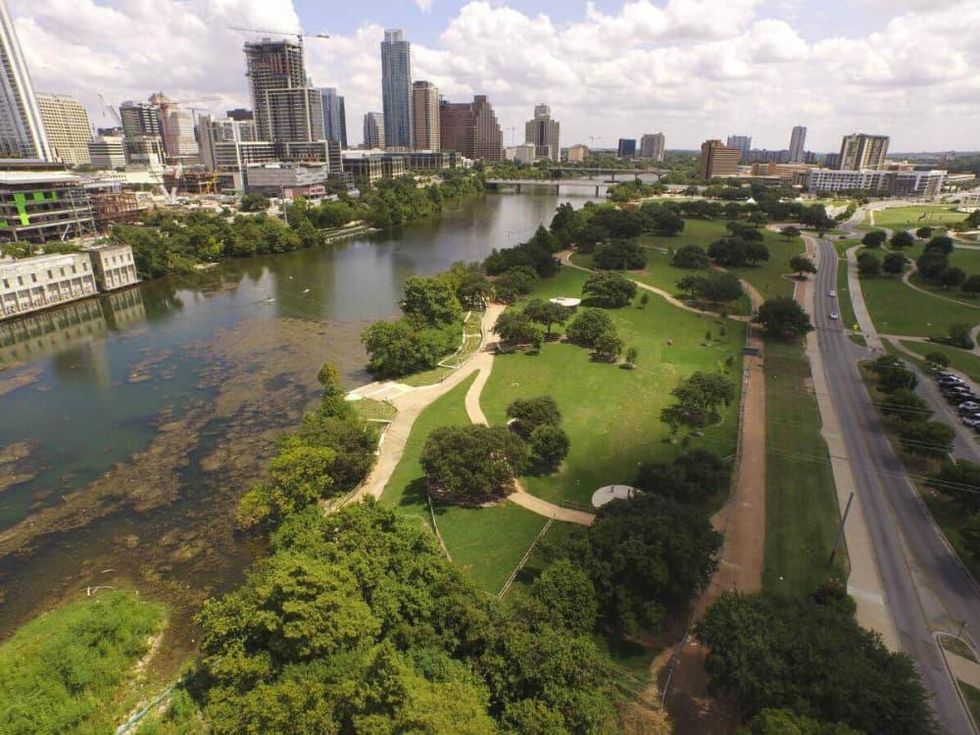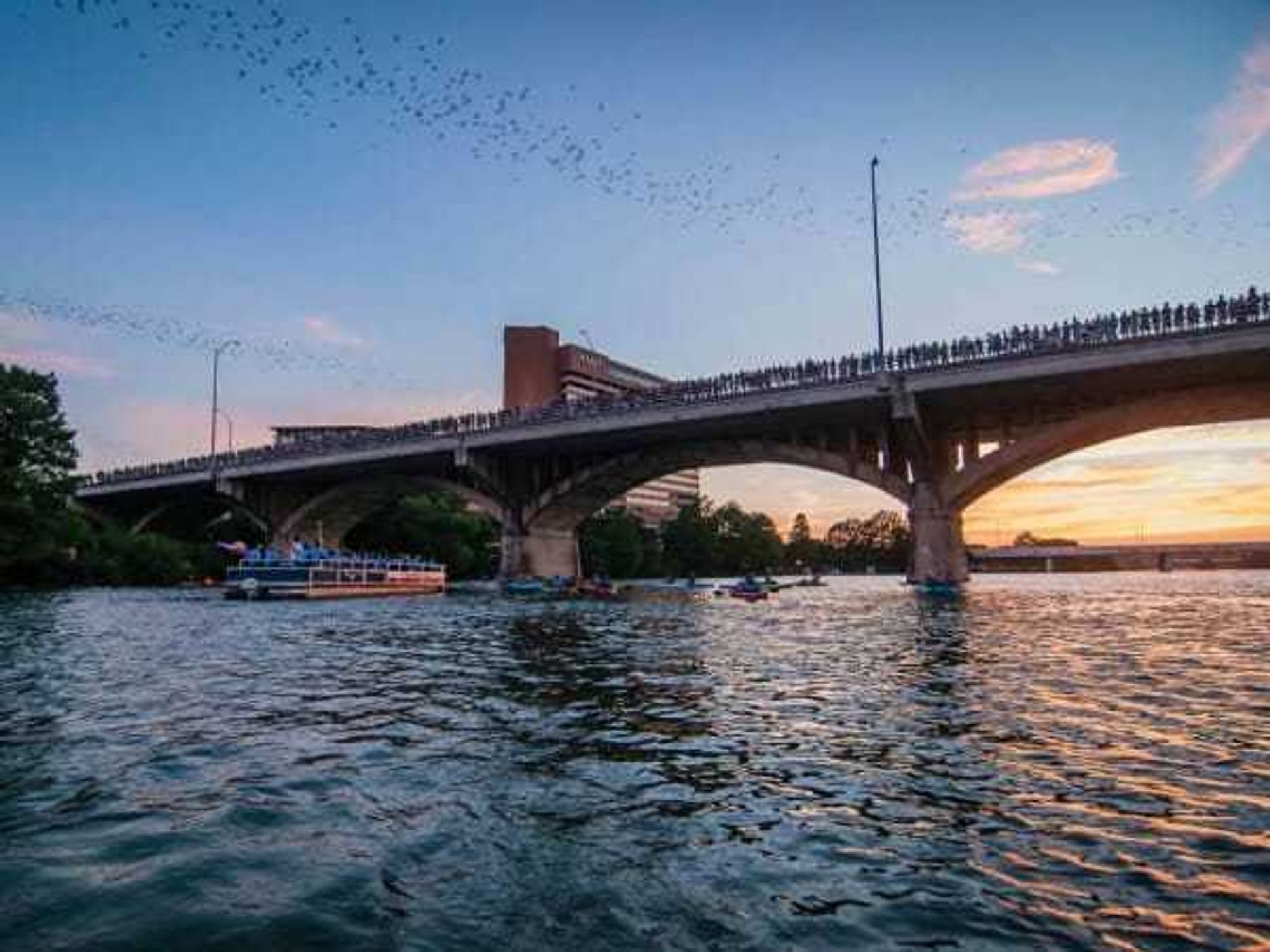Hot Headlines
Lots of Austin real estate rumblings top this week's most popular stories
Editor's note: Real estate and travel news lead this round of top stories. Read on for more of the week's most popular headlines.
1. Real estate experts say these are Austin's top neighborhoods right now. It's the season to predict the city's hottest neighborhoods, and the heat is rising in Riverside. The East Austin community ranks as Austin's hottest neighborhood for 2017, according to Redfin's annual predictions.
2. Two new nonstop flights take off from Austin for only $69 each way. Since the start of 2017, five new nonstop flights have been tacked on to the Austin-Bergstrom International Airport schedule. The latest additions are courtesy of Frontier Airlines, who will provide nonstop service to Washington and San Diego this spring.
3. Austin could become like this super expensive U.S. city, mayor warns. If Austin fails to adequately address soaring home prices and apartment rents, the city risks transforming into San Francisco. That was the unsettling vision laid out by Austin Mayor Steve Adler in his annual State of the City speech.
4. This is the ultimate road trip to West Texas' best destinations. Texas lends itself well to adventure. And, when it comes to the ultimate road trip, there’s no better terrain to traverse than West Texas.
5. Is Austin's job market going from hot to not? For years, Austin has been touted as one of the country’s sizzling hot job markets. But these days, local job growth is fizzling, according to new data from the U.S. Bureau of Labor Statistics.
